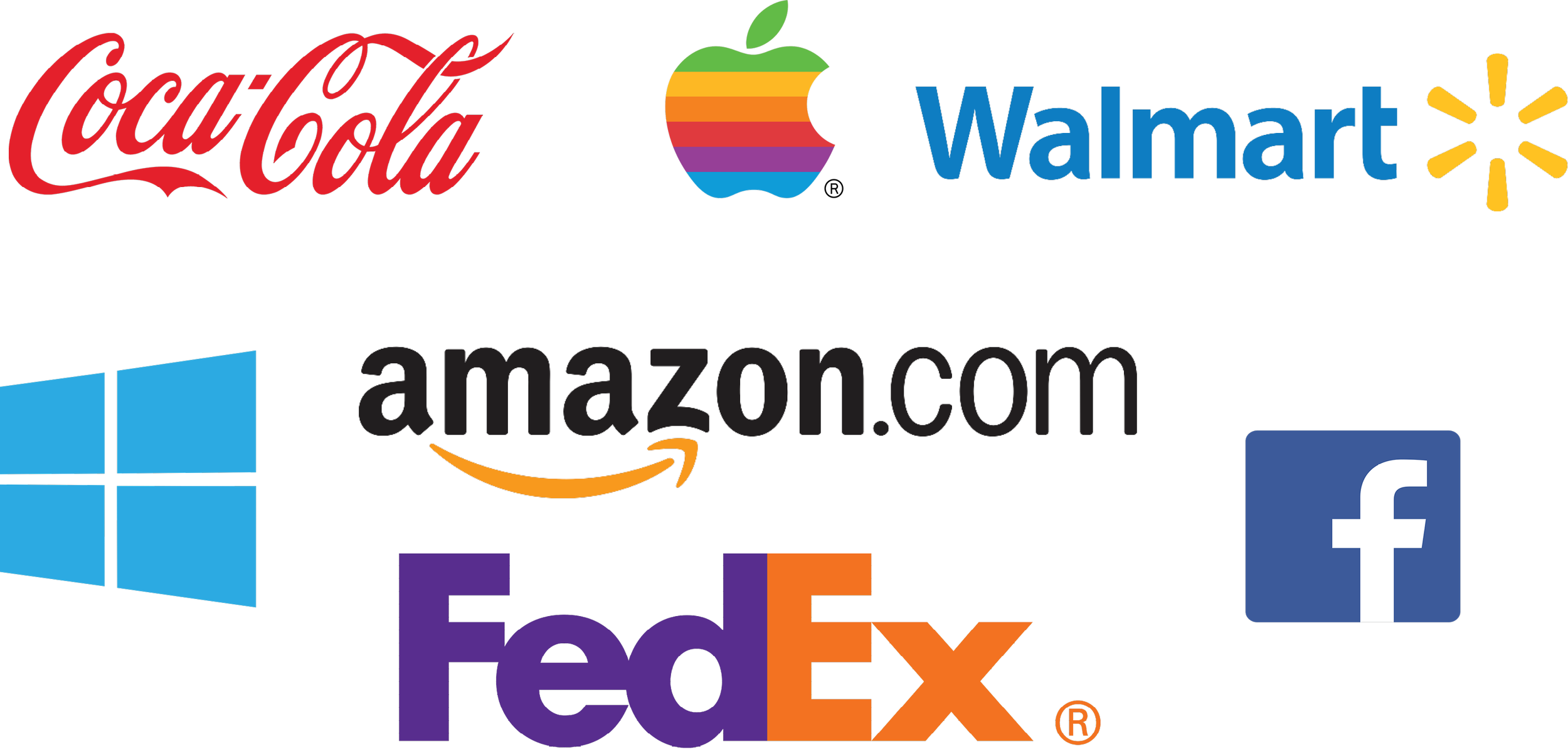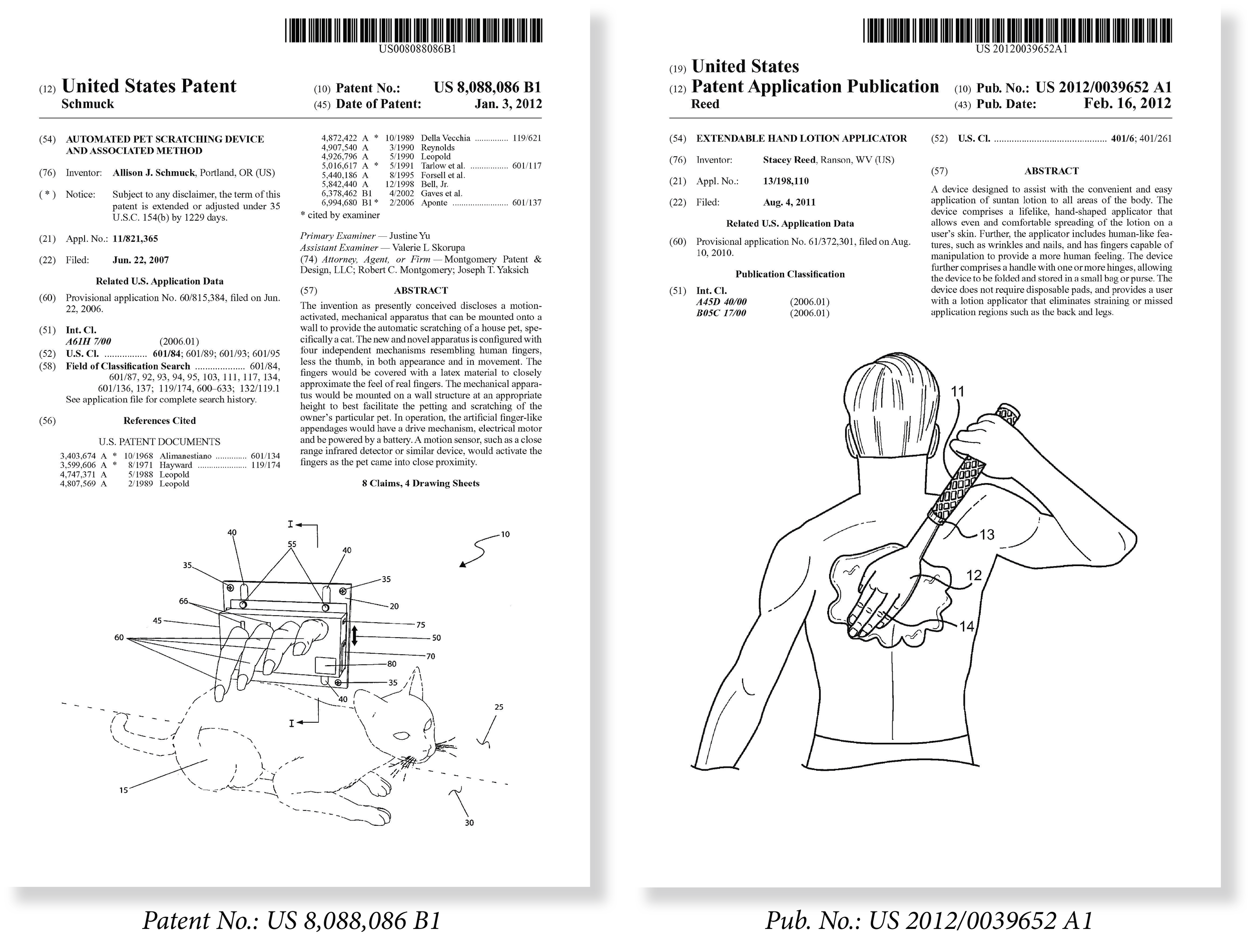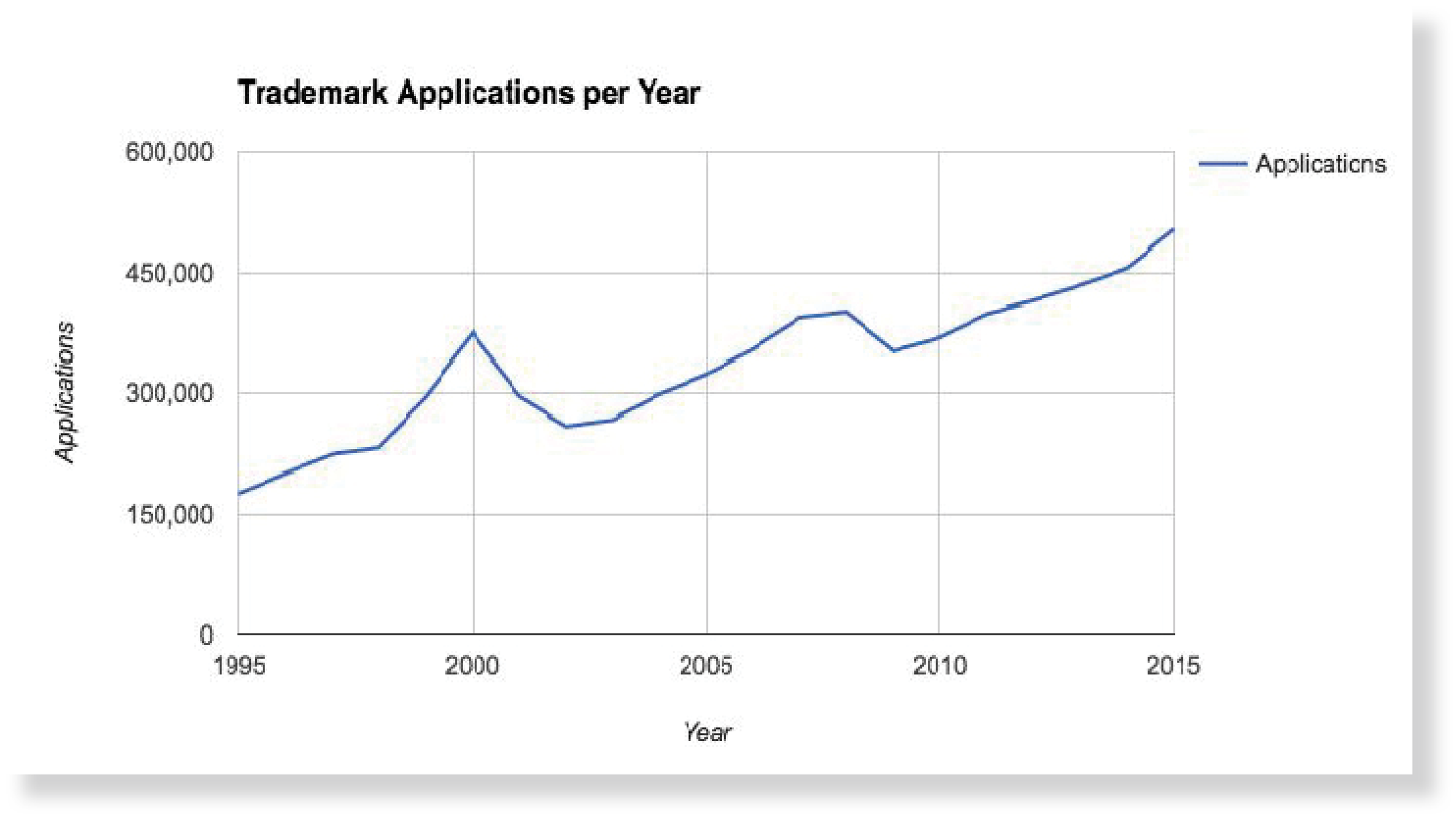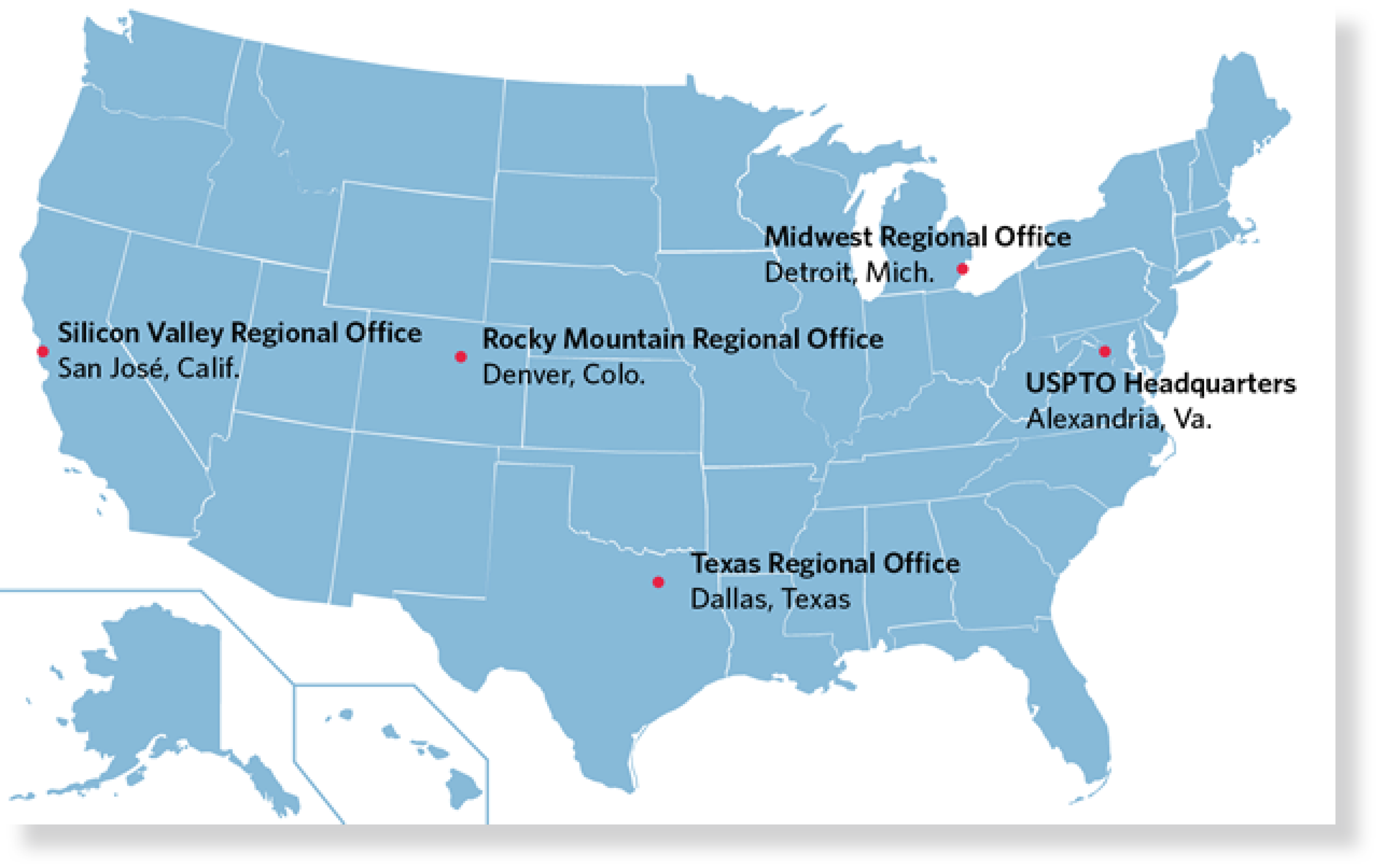Intellectual Property Practice Kit
Alt Legal Team | May 11, 2017
We put together a handy kit with everything you need to know before starting and growing your own intellectual property practice.
What Is IP?
Intellectual property (IP) is a unique product of human invention and creativity. There are two broad categories of IP: industrial property and copyrights. Industrial property is the umbrella term that includes trademarks and patents. Broadly, intellectual property protection allows a party to prevent others from using IP in an unauthorized manner or from using IP that is confusingly similar to protection they have already obtained. Trademark, patent, and copyright protections have different key characteristics and processes as well as rules for obtaining protection.
Trademarks
A trademark is a word, phrase, symbol, and/or design that identifies and distinguishes the source of a good(s). A service mark is the same as a trademark, but identifies and distinguishes the source of a service(s). There is no expiration date on an issued mark as long as use requirements are continually met and mandatory renewal filings are submitted. Attorneys must be in good standing in at least one U.S. jurisdiction to prosecute trademark filings before the United States Patent and Trademark Office (USPTO).

Trademark protection also extends to some less common source indicators, including sound and scent. For example, a well-known sound mark is NBC’s chimes, which play when their logo is shown in some advertisements. Verizon owns one scent mark, a “flowery musk scent,” which they pump into their retail stores.
Patents
Patents provide the exclusive right to protect an invention depending on the type of patent granted. In the United States, design patents expire 15 years from the date it was issued if the application was filed on or after May 13, 2015 (14 years if it was filed before May 13, 2015). Utility and plant patents generally expire 20 years from its U.S. application date or, in special cases, from the date an earlier related application was filed. Attorneys who file and prosecute patents must be admitted to the patent bar, which requires a scientific or technical background as well as completion of an entrance exam. As a result, not all attorneys may prosecute patents.

Copyright
Copyrights protect works of authorship that have been tangibly expressed in a physical and/or digital form including literary, dramatic, musical, and artistic works. If the work is created by a named individual, protection lasts for the life of the author, plus 70 years. If the work is anonymous, pseudonymous, or work-for-hire, the expiration is the shorter of 95 years from the date of publication or 120 years from the date of creation. The duration of protection for works published before 1978 vary depending on several factors (see chapter 3 of the Copyright Act).

Harry Potter – https://ewedit.files.wordpress.com/2016/09/hpsorcstone.jpg?w=40
Led Zepplin and Willie Dixon – http://img.wennermedia.com/featured/rs-243845-Led-Zeppelin-vs.-Willie-Dixon.jpg
Hope Poster – Photograph: Mannie Garcia 2006 (via The New York Times); Poster: Shephard Fairey – 2008 (via Wikipedia)
Monkey Selfie – https://en.wikipedia.org/wiki/Monkey_selfie#/media/File:Macaca_nigra_self-portrait_large.jpg
Why IP?
Business is booming. In recent years, small businesses have proliferated, leading to increased attention and resources going to IP law. The strength of the IP industry is measured, in part, by the number of IP filings each year.
Typically, there is a strong correlation between the status of an economy and its number of IP filings. In a time of economic boom, the growth of IP filings is mostly linear. This growth, which is apparent both domestically and internationally, can be at least partially attributed to the widening of the entrepreneurial demographic.

From college students to successful executives, more people are starting businesses, causing a surge in the number of IP filings. However, the growth in IP filings is not limited to new businesses. Large corporations also file a high number of trademark and patent applications. In 2014, IBM received 6,737 patents and Mattel filed 712 trademark applications. IP filings may also increase in response to new or rapidly growing industries. To keep up with the growth, the USPTO has expanded its resources and created more regional offices to address local IP needs.

An increase in IP filings can also be an indicator of emerging markets. For example, between 2005 and 2014, the number of trademark applications that included “cannabis” or “marijuana” in the description of goods and services increased from 9 to 433 applications. Alt Trademarks discussed this emerging market, and the nuances of protecting cannabis trademarks, with Amanda Conley and Shabnam Malek of Brand & Branch in California during Episode #7 of their podcast.
Some other categories of goods and services, as outlined below, represent a significant portion of trademark applications. This information shows markets that will potentially have an increasing number of individuals who could benefit from legal representation and may be useful in identifying a niche in which to specialize.
These opportunities make intellectual property a great area to get into as either your primary practice area or another service to diversify your practice. Of course, IP law comes with its own set of complications and requirements. Like any practice area, the devil is in the details.
Setting Up a Solo IP Practice
Scope
Protecting and maintaining different types of intellectual property rights is varied and complex. Many IP attorneys limit the scopes of their practices in some way to ensure that they provide competent and effective representation to clients. To help define the scope of your IP practice, let’s start with the differences between the fields of prosecution and litigation in IP.
Broadly, prosecution consists of filings and license agreements. Filing for intellectual property protection entails gathering information and supporting documents from the client and submitting that information to the USPTO (or other IP office) through their online submission portal. Of course, when doing so, there are points of substantive legal analysis that help the attorney draft a successful filing. If everything goes smoothly, then litigation or adversarial proceedings are generally not expected.
Sometimes there are obstacles arising from either the USPTO and its examining attorneys or from third parties who oppose a registration. If these issues cannot be resolved amicably, disagreements are then appealed to the Trademark Trial & Appeal Board (TTAB) or Patent Trial & Appeal Board (PTAB). Occasionally proceedings are taken to federal court to resolve these disputes.
You should select the IP fields you feel most comfortable with and be mindful that prosecution and litigation can quickly blur. As such, if you are not a full-service IP firm or are unable to provide the entire range of services, we recommend that you develop a network of IP professionals who can help. Because IP is a global practice area, having a network of IP professionals can also be incredibly helpful when a client needs international work or filings done.
Finding a Niche
Once you have determined the scope of your practice, you want to find a niche within IP. This is particularly important for solo and boutique firms that may have limited resources. A niche allows you to focus your limited resources to quickly build expertise and a strong client base because your outreach is more narrowly targeted.
To select a niche, start by assessing your personal and professional strengths and weaknesses. As an obvious example, some areas of IP law, like patent prosecution, require technical expertise. If you do not meet these requirements, you immediately know that patent prosecution should not be your niche.
To prosecute patents on behalf of clients, the USPTO mandates that you:
- demonstrate technical expertise through academic coursework or practical experience, and
- pass the Patent Bar Examination.
Academic coursework or practical experience includes:
- Bachelor’s Degree in a recognized technical subject like Biology or Engineering
- Bachelor’s Degree in another subject that is supplemented with proof of scientific or technical expertise, or
- practical scientific or engineering experience.
Be sure to consider your potential client base and your available network to identify the IP area that suits you best. For example, if your clients tend to be bar owners and restaurateurs, then specializing in trademarks for bars and restaurants may be a great starting point. You may also rely on knowledge from previous career experience, non-professional interests, and undergraduate studies to identify potential clients or industries that are suited your interests and expertise. Having a background in sciences or technology can be beneficial for science- or technology-related trademarks in addition to patent work. Using your background and interests to select a niche both ensures that you’ll be able to communicate effectively with your clients and simplifies your marketing efforts.
Networking
IP is a complicated global practice area. It is incredibly important to build the right network that will allow you to better serve your clients. The right network can also create new business opportunities.
To build your network, you have to stay informed, engaged, and active. Be aware of what leaders in your practice area are discussing on Twitter accounts and IP blogs – and engage with them! Join a local or national IP bar association and stay active. There are many across the country, so you have a lot to choose from.
In addition, join a major trade organization. For example, the International Trademark Association (INTA) organizes an annual meeting that over 10,000 trademark professionals from around the world attend. Communities like INTA are great resources both to improve your practice and also to network with other IP professionals.
In the appendix, you’ll find a list of organizations and websites that will provide you with a good foundation for getting started.

Billing
There are two common billing models: fixed-fee and hourly. Hourly billing is the traditional billing structure utilized by law firms. However, many practitioners now utilize other hybrid models in addition to, or instead of, hourly billing.
Fixed fees are fairly common in filings for trademarks, copyrights, and provisional applications for patents. Just remember that when choosing the fixed-fee option, the processes of filing and maintaining the IP rights are ongoing, so it is important to specify the scope of your work. Are you just going to file the application? Are you also responsible for responding to USPTO office actions? How about third-party objections? Will you be handling renewals if the rights are awarded? All of these questions should be addressed and conveyed to your client.
A third model, the success-fee model, is a hybrid that combines a fixed fee with a “success fee,” which is only payable if the client is able to successfully secure the IP rights. This model can be riskier for early-stage clients that may not be around for more than a year, but it can reduce the “sticker shock” of legal services. It is also worth noting that the success model likely means that you will be responsible for resolving any litigation issues that arise.
Ethics
As an attorney, you have an ethical obligation to represent clients diligently and to the best of your ability. The American Bar Association (ABA) codifies this guiding principle in Rule 1.1 of the Model Rules of Professional Conduct. The rule states that lawyers must competently represent clients, which “requires the legal knowledge, skill, thoroughness and preparation reasonably necessary for the representation.”

The ABA also notes the need for lawyers to stay up-to-date in the legal field. In Comment 8 of Rule 1.1, which was published in 2012, the ABA states the following expectations:
“To maintain the requisite knowledge and skill, a lawyer should keep abreast of changes in the law and its practice, including the benefits and risks associated with relevant technology, engage in continuing study and education and comply with all continuing legal education requirements to which the lawyer is subject.”
At least 26 states have adopted the comment so far. To fully comply with your duties as a lawyer means continually educating yourself on advances in relevant legal technology.
Keeping track of legal technology innovations can have consequences beyond your competence (or lack thereof) in individual cases. Incorporating high-quality legal software and tools can help to remove the traditional barriers to legal access in the near future.
Both Bass’s speech and Comment 8 on Rule 1.1 illustrate the high standards for technical competence that attorneys are expected to uphold. When you think about balancing these expectations with a heavy caseload, it is easy to see how details could be lost in a deluge of important tasks. While there are many moving parts for practitioners to track, embracing technology can not only satisfy competency requirements but also streamline practice management.
If you’re helping a client register a patent or trademark, a key element of your representation (unless you explicitly disclaim responsibility) is to ensure that your client both knows about and satisfies the deadlines for renewals and responses.
Unlike many other legal transactions, IP filings are not filed once and then done: IP rights require continuous maintenance. The most common errors that lead to abandoned trademarks include failing to timely respond to an office action, not submitting a timely statement of use or extension, and not renewing a mark on time.
Patent deadlines are critical as well. One important difference between patents and trademarks is that when patent rights are awarded, they provide the owner with a period of market exclusivity that can be incredibly profitable. This means that losing those rights can be equally costly. Once you’ve registered a utility patent in the U.S., an owner must pay maintenance fees during prescribed periods at the third, seventh, and eleventh year after the patent is issued.
Because deadlines are so central to IP practice, most malpractice carriers require some form of docketing to minimize the risk of missed deadlines. One solution is to use docketing software, which can help attorneys avoid missed deadlines. Software tools also provide a level of redundancy in case a reminder issued by the relevant government office is missed, which does occasionally happen. For example, AT&T was once denied an appeal that they missed because they relied on the lower court’s electronic docketing system (PACER). The higher court said that this was not an acceptable excuse for missing this critical deadline and did not allow AT&T to appeal a $40 million judgment against them.
Tools
Malpractice Insurance
The ABA defines legal malpractice as “any act which is negligent or wrongfully executed by an attorney who causes monetary damages to his/her client.” As the definition states, the term includes both intentional and inadvertent errors in legal representation. Malpractice can apply to lawyers in any field, and about 1 in 20 private attorneys face malpractice charges every year, according to the ABA.
Carrying malpractice insurance is not always mandatory, but practicing without it—especially as an IP attorney—opens you up to unnecessary risks. Insurance allows you to protect yourself and your firm from the crushing financial burden of not only defending yourself against claims but also potentially paying damages if you’re found guilty of malpractice.
IP rights are valuable, so malpractice stemming from missed deadlines could conceivably be the end of a firm that’s forced to pay damages out of pocket. To protect against such costly suits, malpractice insurance companies generally require that you maintain a two-tiered docketing system. This redundancy allows you to double-check your deadlines.
The ABA has cited “missing deadlines” as one of the main sources of malpractice. In a statistical analysis of the top causes of legal malpractice, failing to file documents, failing to calendar, and failing to know a deadlines rank as fourth, fifth, and sixth most common respectively. Together, these three errors comprise 21.9 percent of malpractice claims. Because deadlines are common and critical to filing and maintaining intellectual property, attorneys should take extra care to satisfy them.
Docketing
A 2010 study conducted by the ABA found that failure to file proper documents, failure to calendar, or missed deadlines accounted for 21.9 percent of legal malpractice lawsuits. These suits can be expensive and can even threaten an attorney’s position on the bar.
MDCO, a New Jersey-based company, sued Fish & Neaves in 2014 after the firm missed a deadline for Angiomax, a blood-thinning medication. By missing the patent term extension deadline, MDCO alleged that the firm “jeopardized about 4 1/2 years of market exclusivity in the U.S. for its flagship product.” The suit was settled in 2015 with no payments by either side, but the stress of defending your firm over something as preventable as a missed deadline obviously should be avoided.
Beyond financial consequences, missing intellectual property deadlines can also lead to professional disciplinary action. California attorney Leonard Tachner was first suspended and then later excluded from practicing before the USPTO when his manual calendering system caused many clients to lose their intellectual property protections.
Intellectual property attorneys have a variety of methods available for docketing filings. Before computers and the internet, lawyers relied on pencil-and-paper methods to track IP matters and deadlines. Today, some firms use a similar organizational system but replace paper calendars with word documents and spreadsheets. Yet these traditional methods are subject to the risks of human error throughout the filing process.
IP docketing software companies provide an alternative to the traditional methods and add in more security. Take for example Alt Legal, a trademark and patent docketing software company. Alt Legal analyzes data from IP office databases to automatically identify new filings and calculate filing deadlines, so attorneys and paralegals are not left to sort through the procedural complexities of IP on their own. Alt Legal then is able to transfer these deadlines into a calendar of the attorney’s choosing and provides alerts to keep filings punctual.
When developing your IP docketing methodology, make sure that it accurately and comprehensively tracks the deadlines for all your filings. Covering all your bases through your docketing system keeps you protected from missed deadlines and the accompanying fallout – damaged client-firm relationships, injured reputation and/or malpractice suits.
Client Intake
Whenever you gain a new client, your first step should be to gather all the relevant information needed for competent representation by using a client intake form. Providing clients with a thorough, straightforward form at the beginning of your relationship can save you a lot of time and money down the road, so it’s important to get this right. With that said, this should not be an overly time-consuming or complicated process for you or your client.
To maximize efficiency while also maintaining the quality of information you receive, look into technology that could help with this process. Calendly allows you to coordinate your schedule and seamlessly make appointments for intake procedures. Alt Legal provides cloud-based client intake forms that include your firm’s branding and keep all information in one shared document for you and your client. Instead of emailing back and forth or playing phone tag, you’ll be able to efficiently communicate to get all the information you need to begin representing a client. Alt Legal’s intake forms are customized for IP clients, so you won’t need to waste time determining which questions to ask. Additionally, the forms omit most legal jargon and supply examples for questions that may be confusing to those who don’t practice IP law.
Practice Management
While running your firm, you will balance a lot of different responsibilities outside of practicing law, including accounting, scheduling, and finding new clients. Practice management software streamlines this process by coordinating a variety of different tasks to save time. This type of software assists firms with everything from assembling documents, syncing calendars, and tracking time. Clio, MyCase, and Rocket Matter are just a few practice management softwares that we’d recommend. In the interest of helping you find the right software for your practice, we’ve included some details on each provider below.
Clio
Headquartered in Vancouver, with offices in Toronto and Dublin, Clio is a cloud-based practice management software that integrates with apps like Dropbox, QuickBooks, and Fastcase. Through its compatibility with numerous other apps, Clio seeks to seamlessly incorporate its software with other operations in your practice. The company builds software for a variety of legal practice areas, including intellectual property, in-house counsel, and business formation and compliance. Clio uses a customizable matter management interface, so attorneys are able to quickly pull up cases based on certain details and incorporate their own organizational systems.
MyCase
MyCase provides users with a variety of services, including secure client communication tools, workflow task templates, and document assembly. The software, which is owned by AppFolio, Inc., seeks to provide secure, cloud-based avenues for traditionally time-consuming tasks for lawyers. MyCase integrates with QuickBooks, but it takes care of other tasks like document management through its own software – a feature that increases security. Attorneys on the go are also able to access MyCase through a mobile app available on Apple and Android devices.
Rocket Matter
Rocket Matter focuses its software capabilities on automating billing, streamlining workflow, and creating customizable calendars. Like both Clio and MyCase, Rocket Matter offers integration with QuickBooks for billing. The software works to speed up the payment process and boasts “the nation’s lowest credit card processing rates.” Rocket Matter also automates client intake through online forms that allow attorneys and clients to work on the same document. The dashboard also has a customizable view for task-centric and calendar-centric firms.
Growing an IP Practice
Finding Clients
The most difficult and important aspect of growing an IP practice is finding clients. While IP work is plentiful, and new individuals look to file patents and trademarks everyday, locating and contacting these individuals may be more difficult.
In addition to building your professional network, as discussed above, attorneys should also consider engaging with members of the community that they hope to represent. Word of mouth is an incredibly powerful means of gaining new customers, but don’t ignore the power of social media.
When searching for and choosing a business of almost any kind, many people turn to the internet first. Twitter, Facebook, LinkedIn, Instagram, and Yelp can provide a competitive edge for finding customers and also assist you in expanding your network of IP professionals in your local area.
Finally, investing upfront in marketing collateral will also help spread the word about your practice. Services like Vistaprint and Moo make it easy to create business cards and letterheads. Establish a brand that reflects your persona and build a strong relationship with your clients. Marketing is a long game, and establishing your reputation both online and in person is the key.
Developing a Tech Stack
Beyond social media and the practice management tools discussed above, law firms and solo practitioners can benefit greatly from developing a technology stack. A technology stack simply refers to the array of tools that attorneys integrate into their practices. These tools, many of which integrate with each other, help you manage all aspects of your practice and free up valuable time that can be spent on client matters and growing your practice.
To start, you’ll need to create a web page for your practice. The website is often the first thing that potential clients will see when researching your practice. This means that it has the power to greatly influence their judgment of you and what you are able to offer them. Pick a URL that is not overly complicated or hard to remember so that clients will not have to struggle to remember how to reach your site. You may also use tools like Squarespace and Strikingly to build a site that is modern and easy to create.
Email is another vital part of any law practice. With a few free and easy-to-download tools, you can use email to gather and track a wealth of information in an organized manner. Google Apps and Office 365 are a good place to start for basic infrastructure. There are several email add-ons that will turn your inbox into a hub of client information. For example, Rapportive is a plugin that will automatically show you the social media profiles of senders based on their email addresses. Other customer relationship management (CRM) tools like Streak allow users to keep customer data organized. The combination of these tools will ensure that you are able to build your practice efficiently and effectively.
This article features detailed information and recommendations for your discovering and filling your firm’s technology needs: Alt Legal IP Docketing Blog – What’s your Law Firm Technology Stack
Conclusion
While there are many steps to starting an intellectual property law practice or to adding an IP specialty to your existing practice, the process need not be intimidating. By following the steps listed above, you can create a rewarding, sustainable, and profitable practice to last your entire legal career.
If you have questions or need further information about any of the topics discussed in this ebook, or if you would like to set up docketing for your new or existing IP practice, please visit altlegal.com or schedule a call to learn more.
Appendix
ABA–IPL (American Bar Association – Intellectual Property Law)
AIPLA (American Intellectual Property Law Association)
AIPPI (International Association for Protection of Intellectual Property)
CSUSA (Copyright Society of the USA)
IIPLA (International Intellectual Property Law Association)
INTA (International Trademark Association)
Intent To Use (Garbis Law) Blog
IPO (Intellectual Property Owner’s Association)
List of IP Influencers on Twitter
NAPP (National Association of Patent Practitioners)
USPTO (United States Patent and Trademark Office)
WIPO (World Intellectual Property Organization)